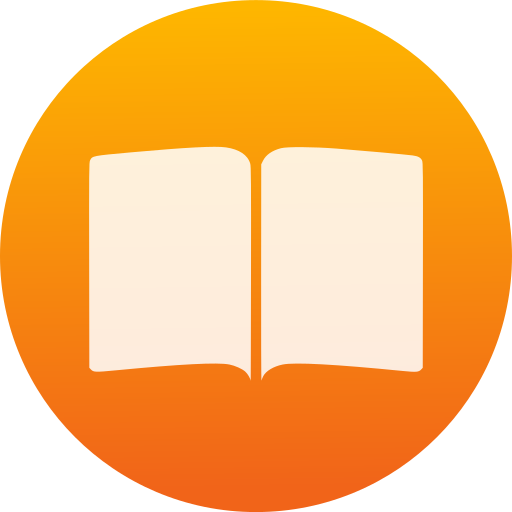 |
- Select a Journal to publish in, and check the publishing fees.
- Check the publishing guidelines
- Register a unique Researcher Identifier (ORCID/Researcher)
- Your legal obligations when publishing (Legal Deposit)
- Measure your publishing with Bibliometrics
- Understand copyright & intellectual property
Contact the Library for further support and assistance.
|
|
|
|
|
|
|
|
|
|
|
|
|
|
|
